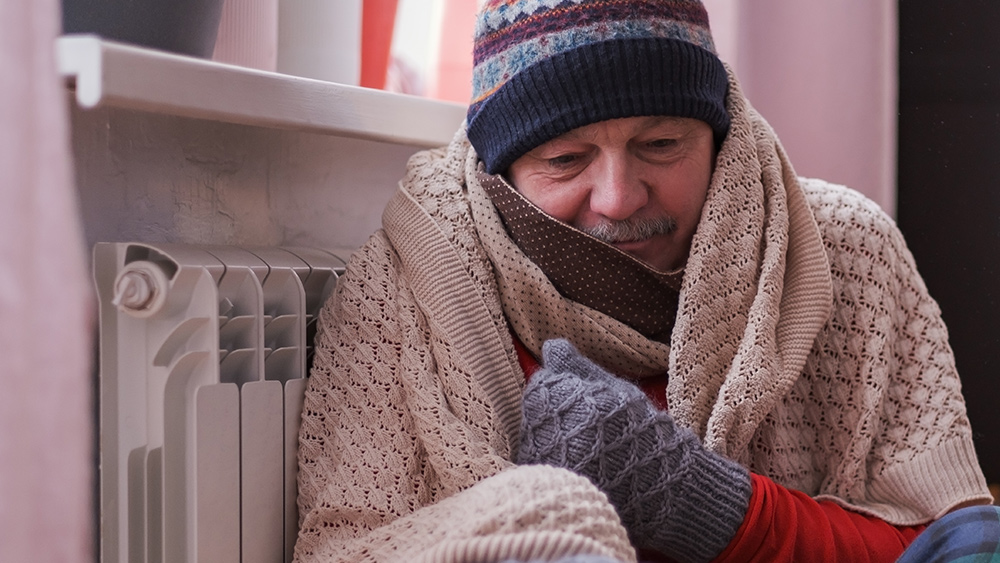I’ve never been a “girly girl.” As a kid, I was the only girl on the baseball team. I preferred playing in the creek to prowling Limited Too.
Had I been born a decade later, and without the blessing of sensible parents, I imagine some meddling gender ideologue would have been more than happy to fix me up with some affirming “health care.” A tomboy on the last helicopter out of Vietnam, it seems.
Classic silhouettes, smocking, and the appropriate underwear and outerwear make a solid foundation.
Like so many other girls, I eventually grew out of it and now take a keen interest in fashion. If you’ve been reading me for a while, you know I take a systematic — and frankly obsessive — approach. Now, dressing my kids is one of my favorite things to do. They’re the baby dolls I never played with as a child.
People often ask how I find things for them to wear. I do put considerable thought into this, and considering the inquiries, I thought it merited an essay.
Another reason: There are parts of kids’ fashion that have fallen out of our vocabulary. How are we to know them, let alone find them, if we cannot name them? The following enumerates all the basic elements of a female child’s wardrobe. It got long quickly, so my boys’ edition will follow next week.
This is how I dress my girls for Mass, parties, and nice outings. Not formal, not casual, but the nicer in-between that used to be standard. Southerners still understand, but it appears we may be the last.
The first principle for me, when it comes to basically anything: Would Catherine, princess of Wales, do it? No one dresses her children better. As Target and others have begun to normalize strangely suggestive clothing for children, this has proven a good rule of thumb. Classic silhouettes, smocking, and the appropriate underwear and outerwear make a solid foundation.
I created this image as a shorthand:
Helen Roy
Without further ado, here is my guide to essentials for girls.
Bloomers
These are the underwear that go over diapers and regular underwear. They are opaque, often loose, with elastic ends, as well as ruffles. They allow your little one to play freely without exposing herself. I think they suit any young girl in a dress who is young enough to play on a playground.
For more casual wear, you can find “cartwheel shorts,” which are a lot like biker-length leggings. These seem to be a forgotten element of a child’s wardrobe, but I think they’re important. Opt for 100% linen or cotton for breathability and comfort.
See: Little English, Etsy
Tights
Summer is basically the only season my girls aren’t wearing tights. As soon as fall comes, and as long as the spring air is cool, I have so much fun experimenting with colors, patterns, and materials in tights. What may first spring to mind: the classic ballet-like nylon material, which I think are more suitable for children who are not crawling. Otherwise, opt for cotton or wool, depending on the season.
See: Jamie Kay, Little Stocking Company
Socks with ruffles
These are, again, a classic part of a girls’ wardrobe. They add whimsy! I prefer white cotton with lace ruffles.
See: Jeffries’ Socks, Little Stocking Company
Mary Jane shoes
These are the shoes you’d think of when you think “church shoes for girls” but didn’t know what they were called. You could easily get away with two pairs for an entire year: white leather for spring and summer, brown leather for fall and winter. However, I love the look of black patent leather for Christmastime.
See: Maisonette, Felix and Flora
Smocked/’bishop’ dresses and ‘bubbles’
Whenever my non-Southern friends see pictures of my kids from church, they ask: “What is that kind of dress called?”
Like so many of our traditions, this is distinctly Anglo: In the 18th century, through linguistic and fashion evolution, the word “smocks” was then used to name the large cotton or linen blouses worn as working garments by British peasants and farmers.
By extension, it also described the technique employed to create them. Smocking, that is, the method of meticulously pleating excess fabric (especially at the wrists, necklines, and bust), then fixing those pleats with embroidery, was an efficient way of reducing waste while maintaining elasticity and freedom of movement.
Although decorative, these geometrical or figurative embroideries were first and foremost functional. Peasants had to be comfortable and at ease in their clothes to perform physical tasks on farms and fields.
I like them because they are beautiful, made of natural fabrics, and comfortable to play in. Dresses obviously have open bottoms, and bubbles cinch around adorably chubby thighs. Look also for “Peter Pan collars.” You can often find great small businesses on Etsy.
See: Pleats and Stitches, Rosalina Baby Boutique
Cardigans
Again, a classic: sweaters that button in the front. Opt for white cotton in spring and summer and a deeper color like brown or maroon in fall and winter, in wool or a thicker cable knit.
I love the whimsy of embroidery; if you have any family symbols — such as bumblebees, in our case — this is a great opportunity to find and feature them. Style by buttoning the top two buttons and leaving the rest. Pull any collar on the garment underneath above the sweater and fold over.
Bows
The hair is the crowning element of your child’s outfit!
Some girls can’t stand the feeling of things in their hair, but I always make an effort to brush it, at least.
The cutest thing ever is to tie up their bangs on top of their head in a tiny elastic, then fasten an alligator clip, grosgrain bow onto the ponytail.
For very young babies, you want to make sure the alligator clip is covered in fabric, rather than the naked metal, which can tear their hair out if they pull on it. Grosgrain — a heavy, stiff ribbon of silk or nylon woven via taffeta weave using a heavy weft, which results in distinct transverse ribs — is the classic material for bows, but velvet or satin ribbons look beautiful, too, especially in the colder months.
Again, be sure to use these exact terms in your search, and expect prices to vary wildly. Final note: The bigger the bow, the better. At least where I come from.
Bonnets
This is truly old-school, and the kids grow out of it at about a year old, but there is nothing cuter, in my view, than a baby bonnet. I love lace.
See: Beaufort Bonnet, Feltman Brothers, Amazon
Notes, nice touches, and NO
Monograms are at home in the South, and I think they’re so cute for kids. Anything and everything can be monogrammed: the dress, the bow, the backpack, the sweater.
That said, aside from a monogram, I never buy my kids clothing with text on it, unless it’s a T-shirt or something for sport.
You can easily create a capsule wardrobe by purchasing all of these in the same color family. It may seem like a lot, but you can waste much more money buying things impulsively outside a system, especially when you feel like they have “nothing to wear.”
I like for my kids to match or at least rhyme in color, and nothing feels better than pulling up to a party as a unit. It’s cute.
Smocked dresses can be expensive, but I have found amazing luck in thrift stores like Kid to Kid or Once Upon a Child, which often sell $50 dresses for $10. I always buy shoes new, though.
Helen roy, Clothing, Fashion, Girls, Lifestyle












